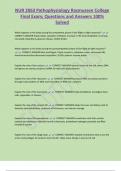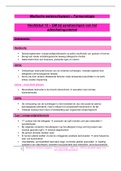Summary
Only Connect: A Cultural History of Broadcasting in the United States (Chapter 2 Summary)
- Course
- His355
- Institution
- University Of Advancing Technology
These notes are all that is needed to understand Chapter 2 in Only Connect: A Cultural History of Broadcasting in the United States. The chapter covers the era when radios were first in production and highlights how they were made for military personal before being released to the public.
[Show more]












